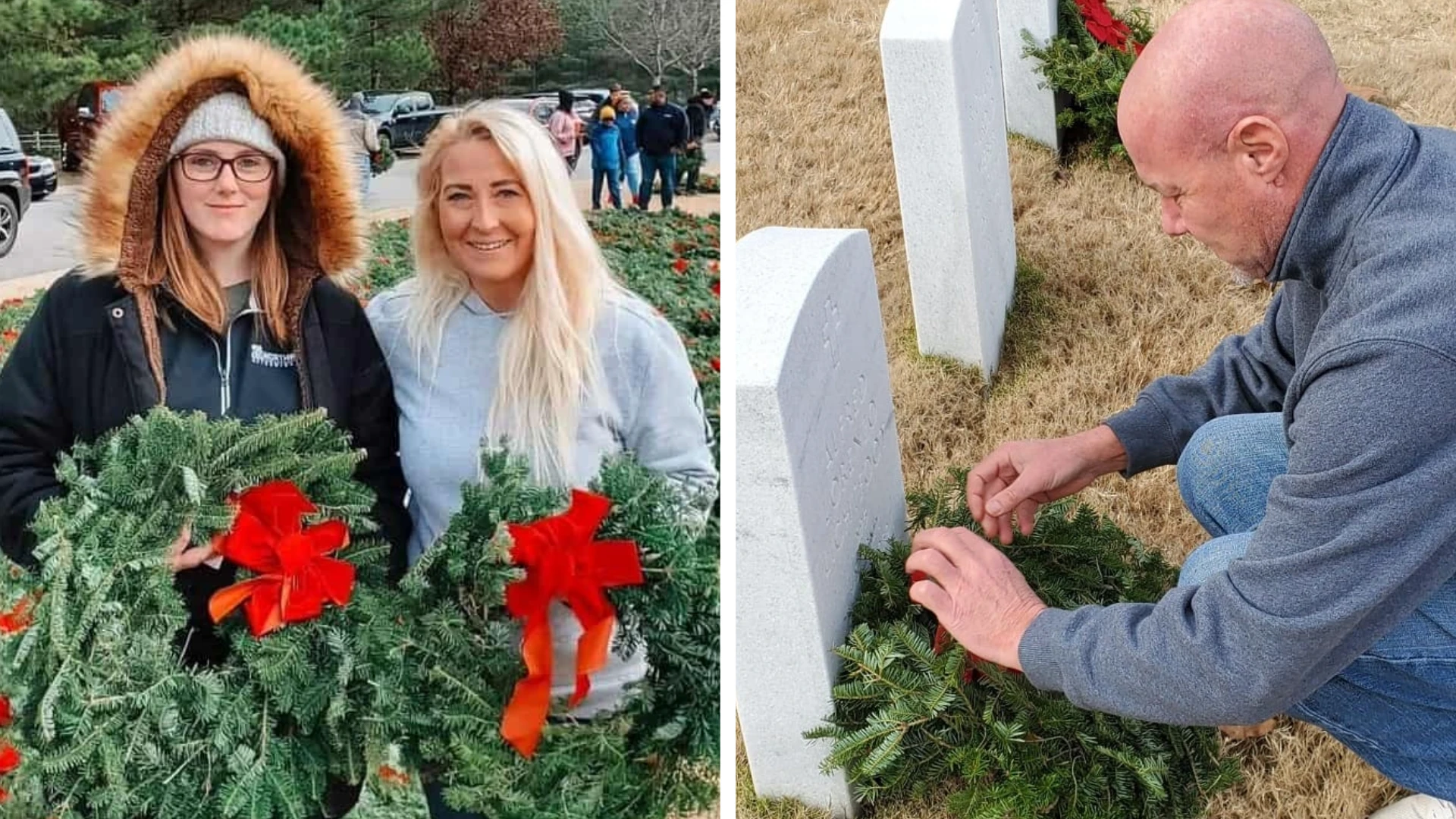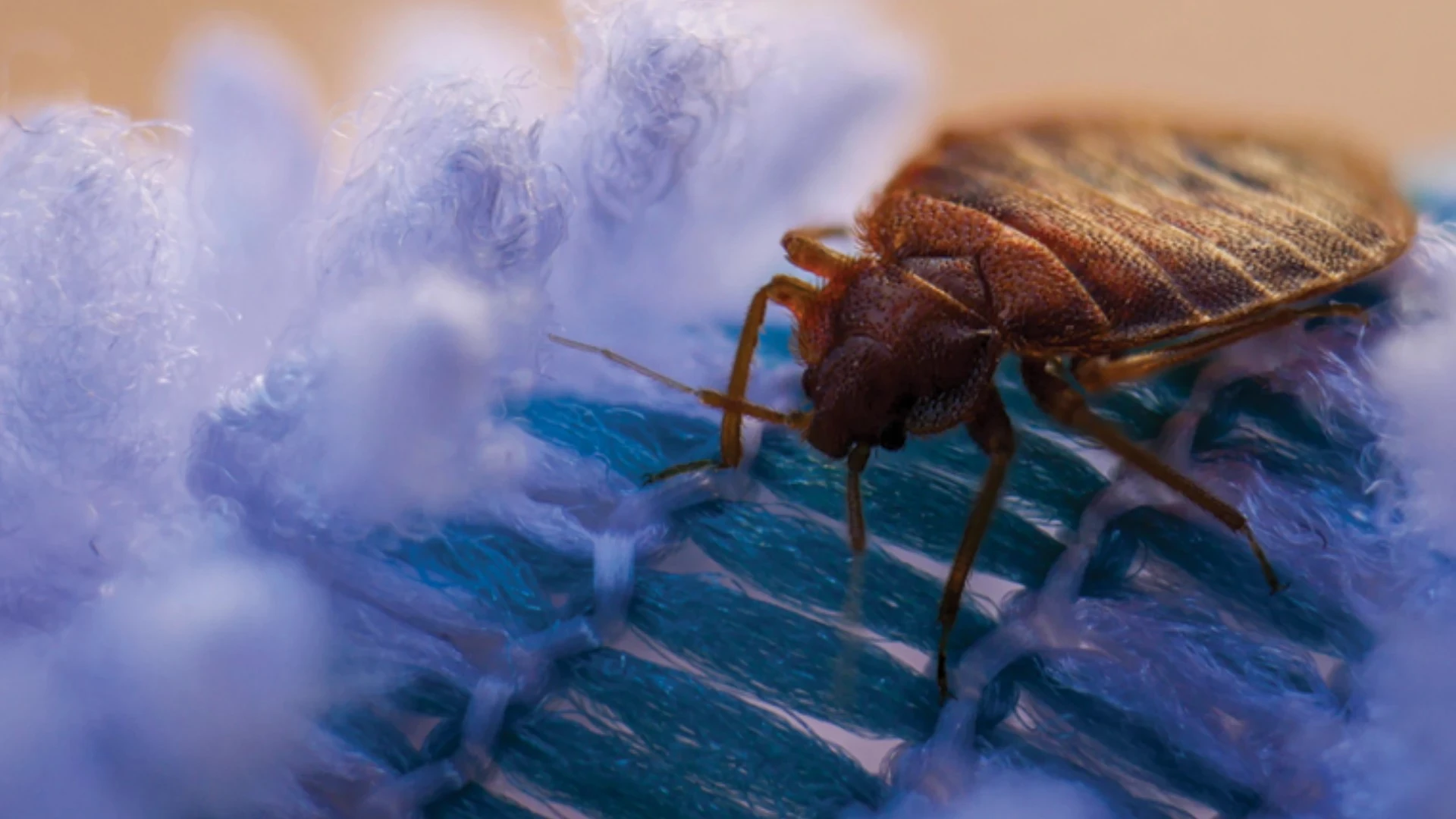When wood-destroying insects (WDIs) like true powderpost beetles, anobiid powderpost (deathwatch) beetles, old house borers, and wharf borers are mentioned in conversation, pest management professionals with some WDI experience can relate immediately and can form mental pictures of these bugs and their characteristic damage. This usually is not the case when it comes to auger beetles.
My first encounter with auger beetles, two years ago, was a source of some distress, arising from both my own unfamiliarity with these insects and from situation urgency experienced by the client. This experience began with a Ziploc® sandwich bag full of wood dust ("frass") that our sales associate collected from a warehouse floor at the base of a wood crate that originated from India. Our associate said that when piles of wood dust were discovered around the imported crate, our client isolated the crate onto an open area of warehouse floor. The client contact was awaiting a fast judgment call from me. When I sifted through several ounces of wood dust, I was surprised at the pile of more than 100 live beetles that it contained.
Upon examination of specimens under a binocular scope, I realized that my limited expertise could only place these beetles in the Family Bostrichidae, which includes true powderpost beetles, large or false powderpost beetles, as well as branch and twig borers (Smith and Whitman 2008). My small but robust brown beetles (see Figure 1, right) measured 4 to 6 millimeters (3/16 to 1/4 inch) long, with the males having a pair of upward curved spines on the sloping rear depression (apical declivity) of the hardened front wings (elytra).
I needed help – fast! Times like this remind us how important it is to have friends and contacts more skilled than we are in the areas of our shortcomings. In this case, an old classmate of mine who specializes in bostrichid taxonomy examined the specimens that I overnighted to him and identified them as Sinoxylon anale Lesne.
Armed with this important bit of information, I was able to research the rest of the information that I required thanks to an Internet search engine. Initially, the most valuable resource pertaining to my quest was the Pest and Disease Images Library (PaDIL at http://www.padil.gov.au/viewPestDiagnosticImages.aspx?id=105 ). Subsequently I discovered that several of the bostrichid beetles in the genera Sinoxylon and Heterobostrychus are called auger beetles due to their destructive wood-boring and excavating behavior. Heterobostrychus aequalis sports the common names of oriental wood borer and lesser auger beetle and is fairly well-documented as a WDI. However, Sinoxylon anale and a number of similarly little-known relatives have been hitchhiking to Australia and the U.S. in imported hardwood and softwood products and the pallets and crates in which they are shipped from India, Indochina, Malaysia, the Philippines and other Pacific island groups.
When I learned that various auger beetle species have been introduced to the U.S. over several decades, my sense of urgency for isolating and fumigating or heat-treating the crated items at our warehouse account diminished a bit. Nevertheless, I quickly relayed to my contact at the warehouse my recommendation for trailer fumigation of the crate and contents, as soon as possible. I saw no point in risking the further introduction of additional species of exotic wood-destroying beetles to Ohio.
Had the insect species turned out to be an exotic newcomer to the U.S., or that possibility existed as a result of my lack of information, I would have been compelled to: 1) advise the client contact to isolate the obviously infested item(s) and all similar items (crates, pallets, etc.) from the suspect shipment in an outside trailer to be sealed up pending situation resolution; and 2) contact and involve my district office of the United States Department of Agriculture’s Animal and Plant Health Inspection Service (USDA-APHIS; see http://www.aphis.usda.gov/; http://www.aphis.usda.gov/contact_us/; and http://www.aphis.usda.gov/import_export/plants/plant_imports/wood_packaging_materials.shtml). At that point, an APHIS field agent (from an office based at the nearest major shipping port or international airport) would investigate the situation and determine whether or not to confiscate the infested items and/or quarantine the holding area of the facility, the facility itself, or the trailer in question until appropriate corrective steps could be implemented under APHIS authority.
Despite international importation laws and regulations relating to pre-shipping treatment of goods and packaging materials against possible pest infestations and on-board fumigation of lading, various arthropods manage to survive these processes alive and well, Sinoxylon auger beetles among them. For this reason, I believe it would be beneficial to the professional pest management industry to add more pest recognition information about these bostrichids to our industry training and reference materials.
The importation of goods is on the rise and the likelihood of our clients encountering auger beetles will likely increase in the years to come. Furthermore, when we pest management professionals encounter unfamiliar arthropods at our accounts that could be potentially dangerous or destructive, it is of the utmost importance that we seek the help of experts to ensure accurate specimen identifications. Usually, extension entomologists and pest diagnostic labs at nearby land grant universities are a good place to start. Entomology department faculty at other universities and colleges may be willing to examine specimens as well.
References
Mallis, Arnold. 2004. Handbook of Pest Control, 9th ed. Chapter 5. Wood-Boring Beetles; pp. 382-386. GIE Media, Inc., Cleveland, OH. 1397 pp. ISBN: 1-890561-01-0.
Smith, E.H. and R.C. Whitman. 2008. NPMA Field Guide to Structural Pests, 2nd ed. The National Pest Management Association, Fairfax, VA 22030. Section 13.4.1 – 13.4.3.
The author is technical director and staff entomologist of Varment Guard Environmental Services, Columbus, Ohio. A graduate of Loyola University of Chicago, he earned a doctorate in entomology from The Ohio State University in 1980. He is active in the Entomological Society of America (ESA), Pi Chi Omega and the National Pest Management Association. He is a Board Certified Entomologist (B.C.E.). A member of the Copesan Technical Committee, he can be contacted at gwegner@giemedia.com.
Founded in 1958, Copesan is an alliance of premier pest management companies with locations throughout North America. To learn more, visit www.copesan.com.

Explore the March 2010 Issue
Check out more from this issue and find your next story to read.
Latest from Pest Control Technology
- Rentokil Terminix Expanded in Key Markets with 2024 Acquisitions
- In Memoriam: Joe Cavender
- Certus Acquires Green Wave Pest Solutions
- Liphatech Adds Alex Blahnik to Technical Team
- Do the Right Sting: Stinging Insect Identification, Management, and Safety
- VAGA's 8th Annual Veterans Thanksgiving Appreciation Dinner
- Clark's Blair Smith on the Response to Increased Dengue Fever Cases in Southern California
- WSDA, USDA Announce Eradication of Northern Giant Hornet from U.S.





